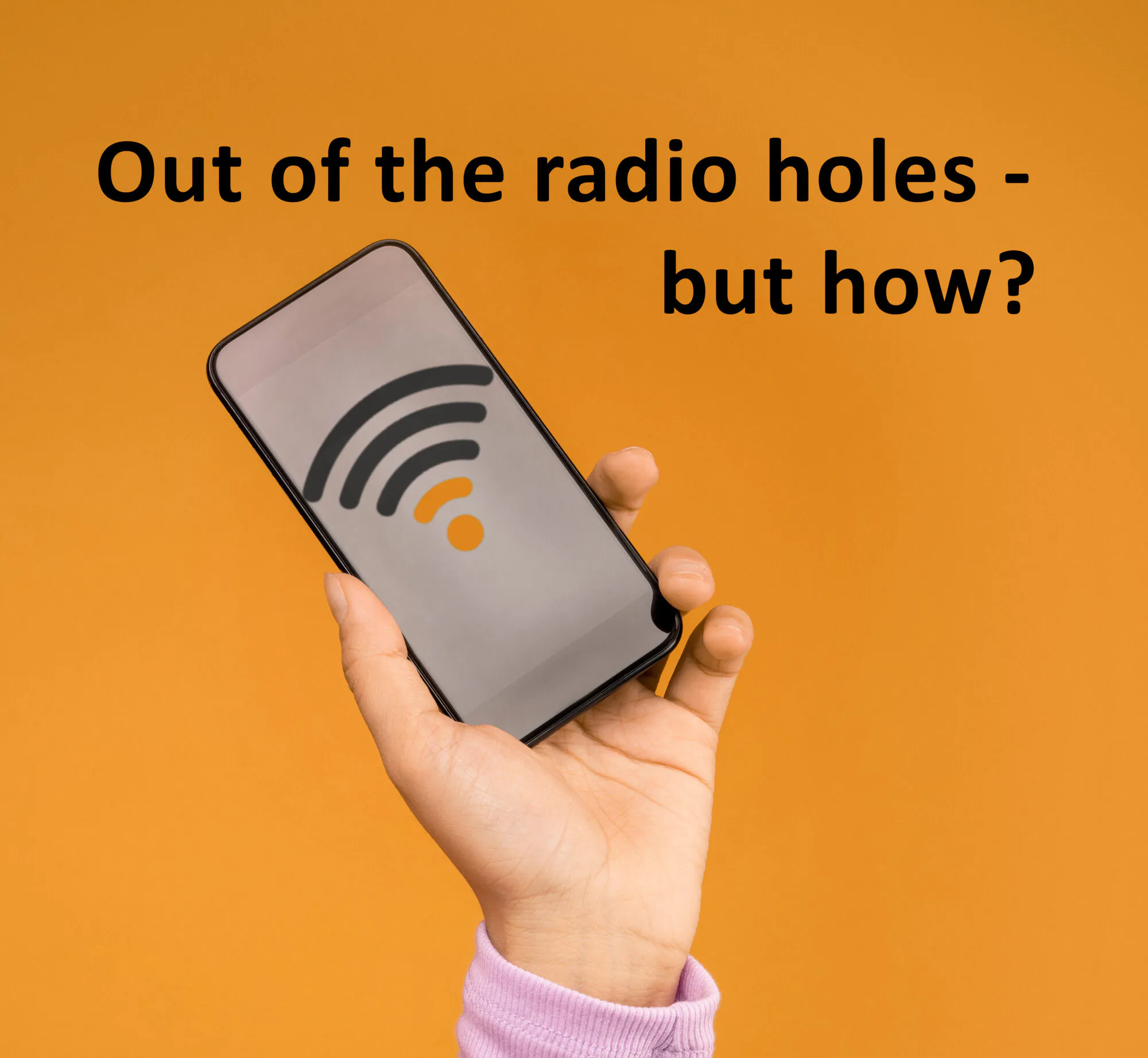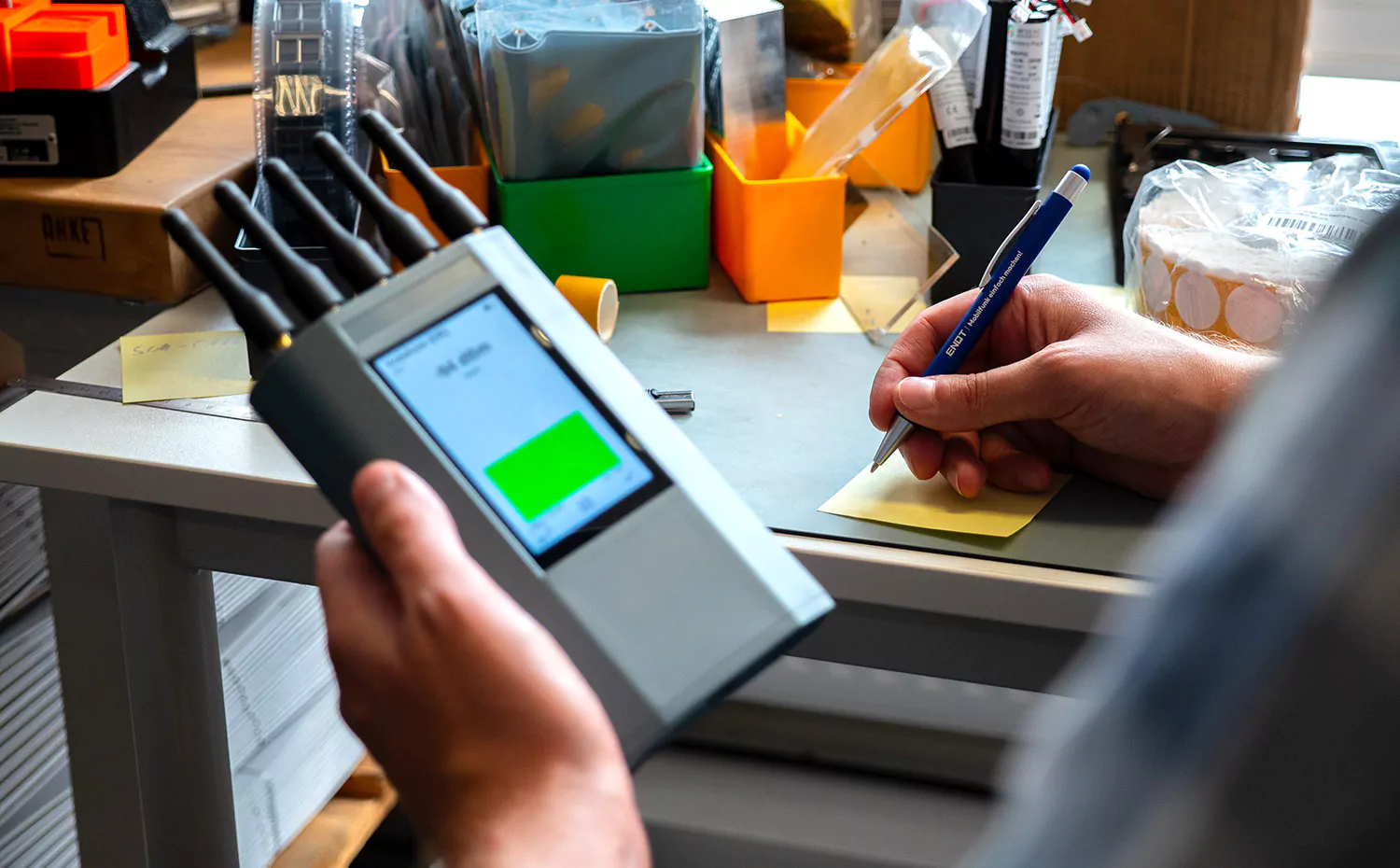It can be dangerous if emergency services, police and fire departments cannot be reached. The German government is keen to close wireless gaps. The Mobile Infrastructure Company (MIG), founded in 2020, is intended to help. In this article, we look at the current situation and efforts to improve radio coverage in Germany.
The current situation in Germany
In principle, network operators in Germany are responsible for expanding mobile networks. However, they are not completely free to decide where they install mobile communications and where not. As they have acquired the rights to use radio frequencies from the Federal Network Agency, they are bound by requirements. The coverage requirements from 2019, for example, stipulate that 98 percent of all households must be covered by fast mobile communications (100 Mbit/s) by the end of 2022. In addition, the networks must cover all federal highways, major federal roads and railroads with fast mobile communications. By the end of 2024, all federal, rural and state roads, all waterways and seaports, and all rail routes are to be covered with at least 100 Mbit/s and 50 Mbit/s respectively.
The coverage requirements do not define where the few unserved percent of households may be located. Radio gaps can therefore occur anywhere. In addition, each mobile communications provider plans its network expansion for itself and does not coordinate it with the competition. Even if a network from a particular provider is available at a particular location, a cell phone with a SIM card from another provider may still not work there. Increased cooperation between mobile providers (already practiced in some cases) and national roaming could provide a remedy.
One thing is certain: 100 percent coverage of all households and the entire area of Germany will not be achieved in the near future. The reason for this is that the regulatory coverage requirements must comply with the principles of proportionality. It is foreseeable that even if the mobile communications providers meet all the coverage requirements, without further measures some dead spots will remain away from traffic routes or built-up areas.
Anyone who wants to get an idea of the status of mobile coverage for themselves can use the broadband monitor of the Federal Network Agency, which has been available for some time. Smartphone owners can install a dead spot app and report dead spots to the Federal Network Agency themselves.
Efforts to improve mobile coverage and the work of the MIG.
Without further measures, there will be no prospect of good mobile communications coverage with fast Internet for some households and remote regions. For this reason, the Mobile Infrastructure Company (MIG) was established in 2020. It draws its working basis from the mobile communications strategy adopted in 2019. A government program with special assets will be used to address areas that are not covered by the coverage requirements and where no self-supported network expansion is expected. The MIG has EUR 1.1 billion at its disposal. The company identifies supply gaps, explores locations and distributes subsidies. In addition, it assists local authorities in finding suitable cell tower sites and provides support in approval procedures. MIG also tries to create incentives for investments without government subsidies. By the end of 2022, it aims to have examined around 1,000 areas with poor coverage. The MIG envisions new cell towers in areas where no operator offers its network service. In total, the MIG wants to ensure the construction of 5,000 new masts.
How garbage collection helps identify radio holes
Finding dead spots is a difficult and time-consuming undertaking. The Federal Network Agency’s network coverage maps exist, but they were created with data from the network providers. To capture the situation as it actually is for mobile phone users, garbage collection helps in some places. Garbage trucks are equipped with special technology. They are fitted with small boxes that continuously dial into the mobile communications networks during the journey and measure the reception quality. This provides a realistic picture of actual radio coverage. The data obtained is used to identify radio gaps so that they can be closed in a next step. Projects of this kind with refuse companies already exist in several regions, such as East Frisia or the Ostprignitz-Ruppin district (Brandenburg) and Coesfeld (North Rhine-Westphalia).



